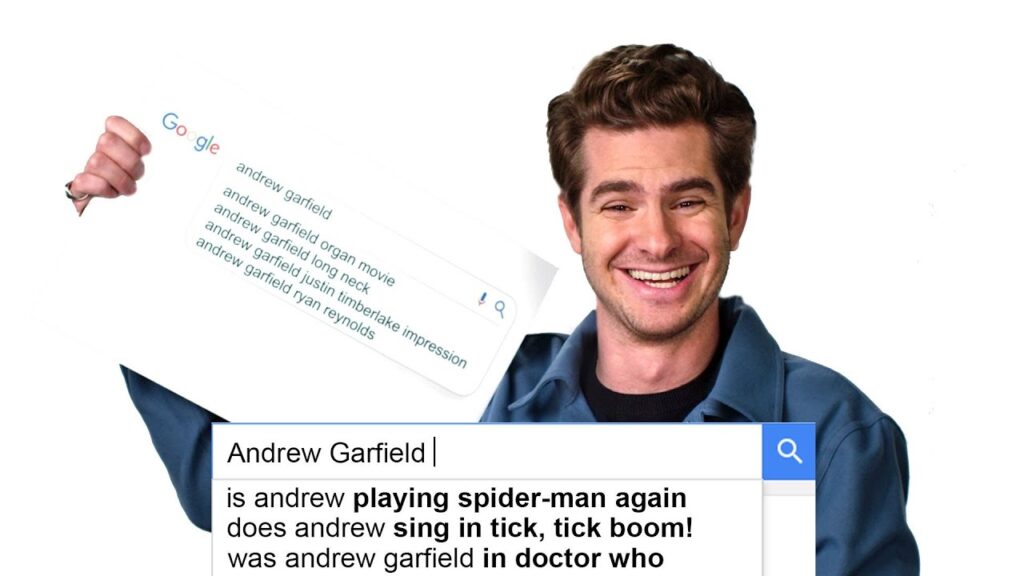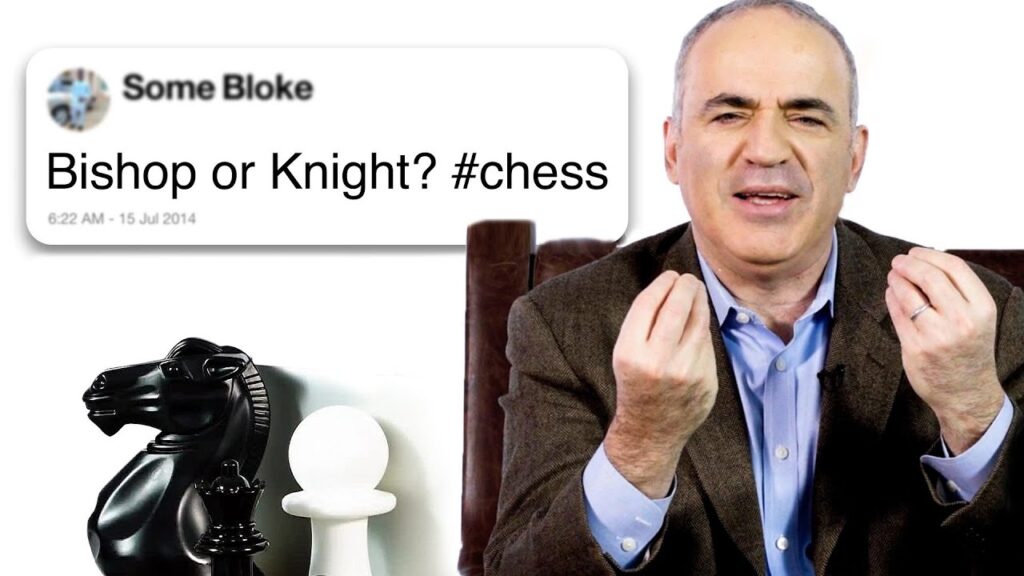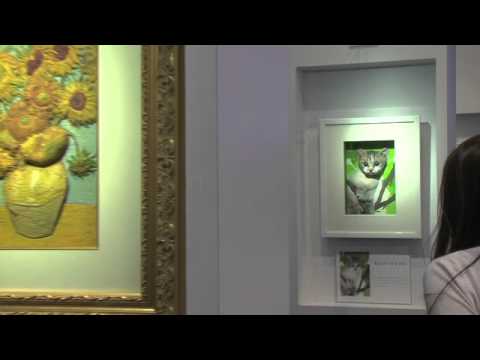The Art of Miniature Sculpting: A Q&A with Willard Wigan
Summary
Willard Wigan is a renowned artist known for creating the smallest handmade sculptures in history. His work is incredibly intricate, done with specialized tools and requires a steady hand and a focused mind. In this Q&A article, we learn about the challenges Willard faced to develop his talent, his dedication to perfection, and his hopes for people to see small things in a bigger way.
Table of Contents
- The Challenges of Miniature Sculpting
- Specialized Tools for Creating Tiny Art
- Striving for Perfection in Art
- The Queen’s Approval
- The Hope Behind the Art
The Challenges of Miniature Sculpting
Q: What inspired you to become a miniature sculptor?
A: My desire to create something so tiny that no one thought was possible inspired me to become a miniature sculptor.
Q: Can you describe the process of making a sculpture?
A: Before I start the work, I do some breathing exercises to get close to the microscope. I cut out the rough shape of what I want to create and then turn it into the exact shape that I want it to look like. Every piece is impossibly difficult because it’s susceptible to the slightest disturbance.
Q: How long does it take to complete a single piece, given its size and intricacy?
A: It can take months to create a single piece because it’s so intricate and susceptible to damage. I spend hours, usually16-17, working on a sculpture, and it can tire me out.
Specialized Tools for Creating Tiny Art
Q: What specialized tools do you use to create your sculptures?
A: My specialized tools include a hypodermic needle, a diamond, a blade, a hook, and a clamp. I hand-made those tools because they are not available in the market.
Q: How did you create your tools?
A: I made my tools by cutting a hypodermic needle to a shorter size, smashing diamond bits, and adding bits of metal to toothpicks.
Q: How do you ensure that your tools work correctly while creating a sculpture?
A: It takes practice to ensure that my tools work correctly while creating a sculpture. I manipulate my tools and the material gently until I make a little hole, carve, slice and separate the material I’m working on, like peeling a carrot.
Striving for Perfection in Art
Q: Can you explain your emotional process when a piece doesn’t go as planned?
A: When a piece doesn’t go as planned initially, I’m quite irritated, but I sit down and try to learn from my mistake. It’s not about getting knocked down, but it’s about getting back up, knowing what went wrong, and why it didn’t work. And then I redo the piece until I get it right.
Q: How do you feel when you complete a piece?
A: When I complete a piece, it’s like reaching the summit of a mountain. It’s an incredibly proud moment for me. And when other people appreciate my work, it’s an even more proud moment for me.
The Queen’s Approval
Q: Can you describe the highlight of your career as an artist?
A: One of the proudest moments of my life was when I received a letter from Buckingham Palace. It said that the Queen selected my microscopic crown as something she’d accept. I showed it to her, and she was pleased with it.
Q: How did it feel to receive the Queen’s approval?
A: Receiving her approval was indeed an honor for me. I shook her hand and walked away thinking it was a dream.
The Hope Behind the Art
Q: What message do you want to share with people through your art?
A: Through my art, I want people to see life from a different perspective. They should realize that small things matter, and if you notice something or someone struggling, try to help them. Take off the lid of the bin and see what’s in there. Realize that those kids with autism are diamonds in the dustbin.
Conclusion:
Willard Wigan is a talented and dedicated artist who creates the smallest handmade sculptures in history. He makes use of specialized tools that require a steady hand and a focused mind to create intricate pieces that are incredibly detailed. Despite the numerous challenges he’s faced, he perseveres and continues to create tiny marvels. His work has even caught the attention of royalty. Willard’s hope is that his art will inspire people to see small things in a bigger way and to appreciate the beauty and value in things that are often overlooked.






